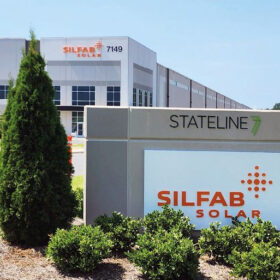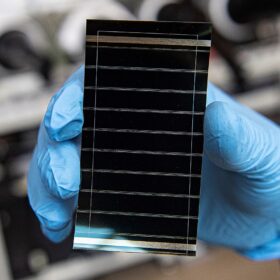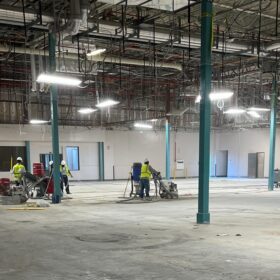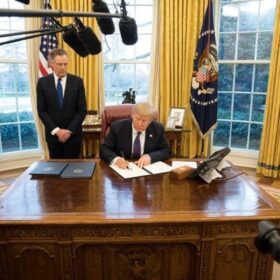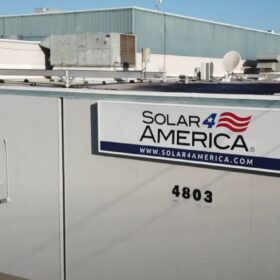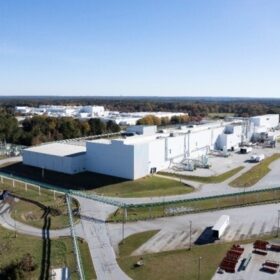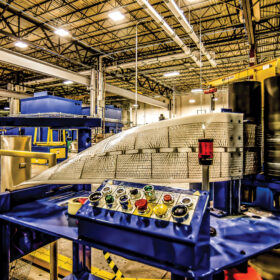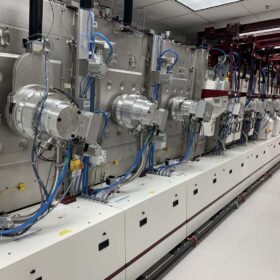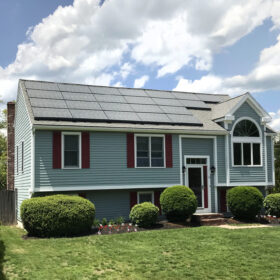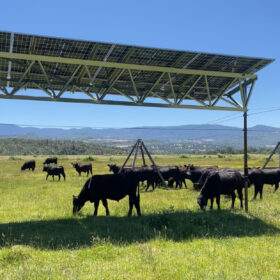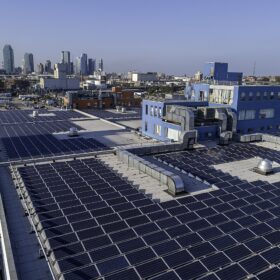South Carolina residents take final swing at Silfab’s manufacturing facility
A school district may pay for an environmental evaluation after years of failed legal attempts to halt Silfab’s upcoming South Carolina facility.
Perovskite tandem provider integrates with existing solar manufacturing lines
While many perovskite developers pursue a 2-terminal format, which poses design and production constraints, Caelux uses a 4-terminal approach that bypasses technical challenges.
Solx announces Puerto Rico’s first solar module factory
The 1 GW factory will produce 625 W solar panels for the utility-scale market.
How Trump’s widespread tariffs affect the U.S. solar industry
Tariffs of 10% are applied to most products from most countries, but energy and energy products, steel, and aluminum are exempt, as tariffs have already been applied.
Two U.S. solar production projects out of commission
SPI’s panel-manufacturing plant in California has suddenly ceased operation and its cell-production site in South Carolina never got off the ground.
U.S. solar manufacturing boom “real — but fragile,” said CEA
The U.S. is on track to reach 13 GW of cell manufacturing capacity and 65 GW of module assembly in 2025, said a report from Clean Energy Associates.
Stryten Energy ramps up its U.S. battery manufacturing capacity to 24 GW
The energy storage company’s investment will add 10 GW to its domestic manufacturing capacity.
APA Solar invests $19.5 million in Ohio expansion
The solar racking company will build a new headquarters and manufacturing facility in Northwest Ohio, expecting to create 133 jobs.
Thin-film solar patents, manufacturing equipment listed for sale
A cancelled factory led to the sale. The solar cells produced by the equipment are “game-changing tech at liquidation values,” said the seller.
Solar manufacturing moving onshore and prospering
Efforts to establish solar manufacturing in the United States, on the back of generous Inflation Reduction Act subsidies, have had mixed results. While module assembly facilities appeared swiftly, cell production capacity trails far behind and current policy uncertainty is leaving more questions than answers for solar manufacturers of all sizes.
